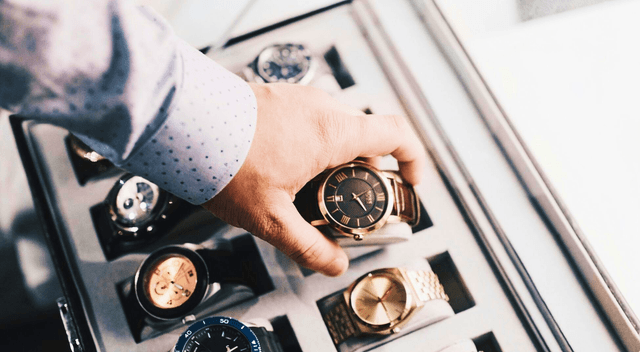
Build Your Ultimate Watch Collection for ₹1K to ₹50K
From Budget to Luxury – What You Need to Own
All you need to know about your timepieces

We’ve moved on from tape recorders to Spotify, from DSLR cameras to iPhones. Yet, through all the tech revolutions, one thing refuses to be outdated: the traditional wristwatch.
Even today, in a world full of wearables and smart gadgets, no update or algorithm can replace the timeless charm of a well-crafted analogue watch.
This guide will walk you through everything you need to know, especially if you're an Indian watch buyer trying to avoid hype and make smart, stylish decisions.
Smartwatches are feature packed - fitness tracking, message alerts, and digital faces that change every swipe. But let’s be honest, they feel like disposable gadgets.
A traditional watch is different. It doesn’t just tell time. It carries weight, emotion, and legacy.
You don't need to charge it every night. You don't need a software update. It keeps ticking, year after year. And when it stops, you fix it, not throw it away.
It’s not just a tool, it’s a piece of you.
The movement is the heart of the watch, the engine that makes it tick. There are two major types:

Runs on battery
Extremely precise (loses or gains a few seconds per month)
Minimal maintenance, change the battery every 2–3 years
Affordable
Casio F91W: Cult-classic digital watch, accurate and durable
Timex Weekender: Clean, versatile, and budget-friendly
Titan Quartz range: Indian staple for everyday wear
These use intricate gears and springs, not electronics. They come in two types:
You have to wind them daily or every few days.

HMT Janata and Kohinoor: Legendary Indian-made manual watches, still loved for their simplicity
Tissot Heritage 1936: Manual-wind Swiss elegance
These wind themselves using your wrist movement. No battery, no winding if worn daily.

Seiko 5: The gold standard of entry-level automatics. Affordable and robust
Orient Bambino: Stylish dress watch with Japanese automatic movement
Vostok Amphibia: Rugged Russian diver with quirky charm
Watches aren't just about telling time. Each one tells a story. Let’s decode the main styles:
Sleek, minimal, designed for suits and formal events.

Thin case, usually 38 to 40mm
Simple dial with no clutter
Leather strap
Orient Bambino: Affordable, stylish, automatic
Cartier Tank: Rectangular, classy, iconic
HMT Janata: A piece of Indian horological history
Originally made for underwater exploration, now an everyday style icon.
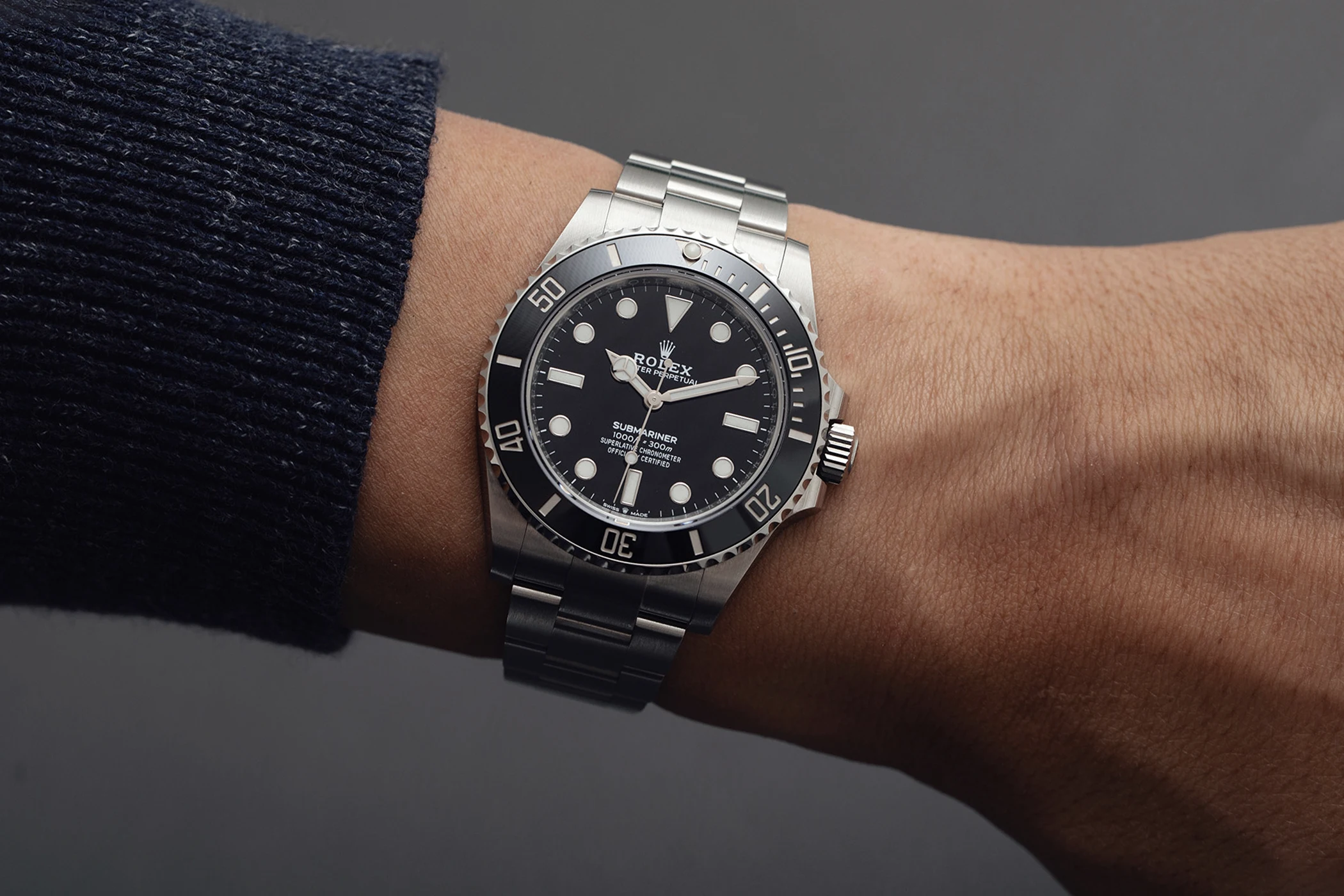
100m or more water resistance
Rotating bezel for timing
Luminous hands and markers
Seiko SKX007: The cult diver, discontinued but legendary
Citizen Promaster: Reliable quartz diver
Omega Seamaster: James Bond's go-to
Rolex Submariner: The original dive watch, a luxury benchmark
Think stopwatch on your wrist. Originally used in motorsports and aviation.
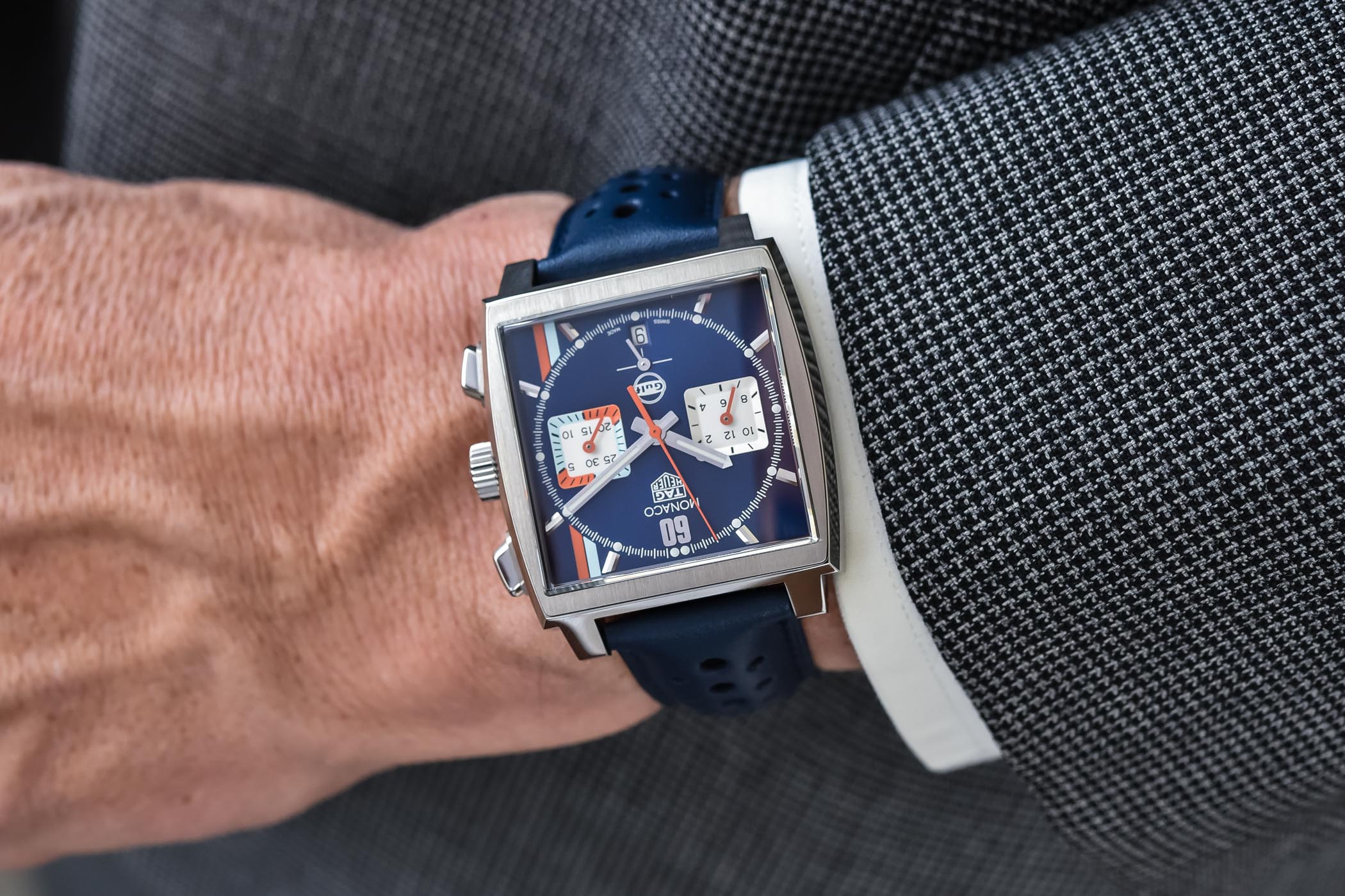
Subdials to measure seconds, minutes, hours
Pushers (buttons) on the side
Tag Heuer Monaco: Square case, made famous by Steve McQueen
Omega Speedmaster: Known as the Moonwatch, literally went to space
Seiko Chronograph Quartz: Affordable and reliable
Built for soldiers. Tough, simple, and readable.

Small to mid-size case, around 36 to 40mm
Clear, high-contrast dial
Rugged and reliable
Hamilton Khaki Field: Swiss-made military style
Seiko SNK809: Budget-friendly, legendary value
Timex Expedition: Rugged and affordable
Made for aviators. Designed for high visibility and glove-friendly operation.
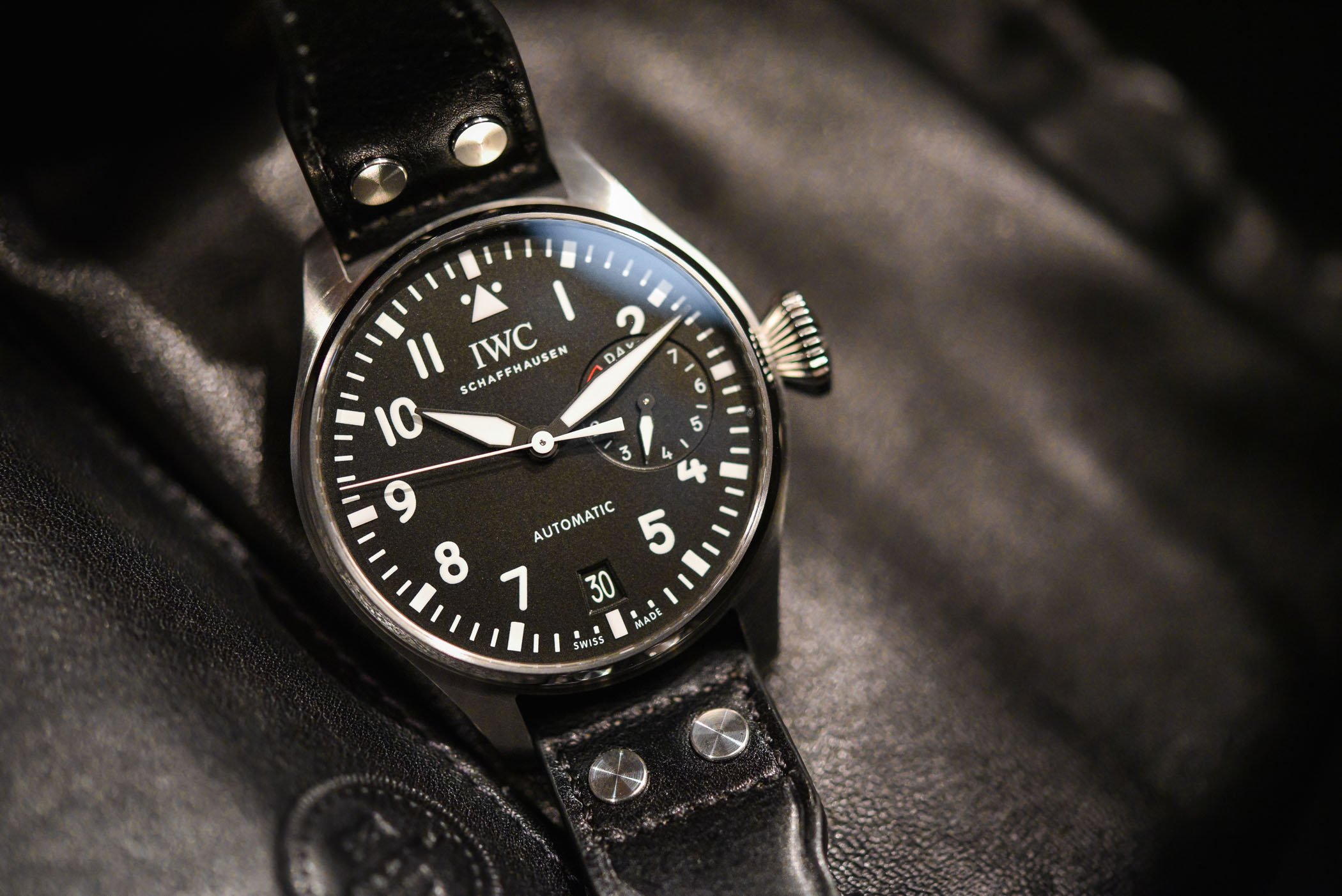
Large dial and oversized crown
Often includes GMT or chronograph functions
IWC Big Pilot: Iconic and premium
Laco Flieger: Authentic German design
Citizen Eco-Drive Pilot: Solar-powered and packed with features

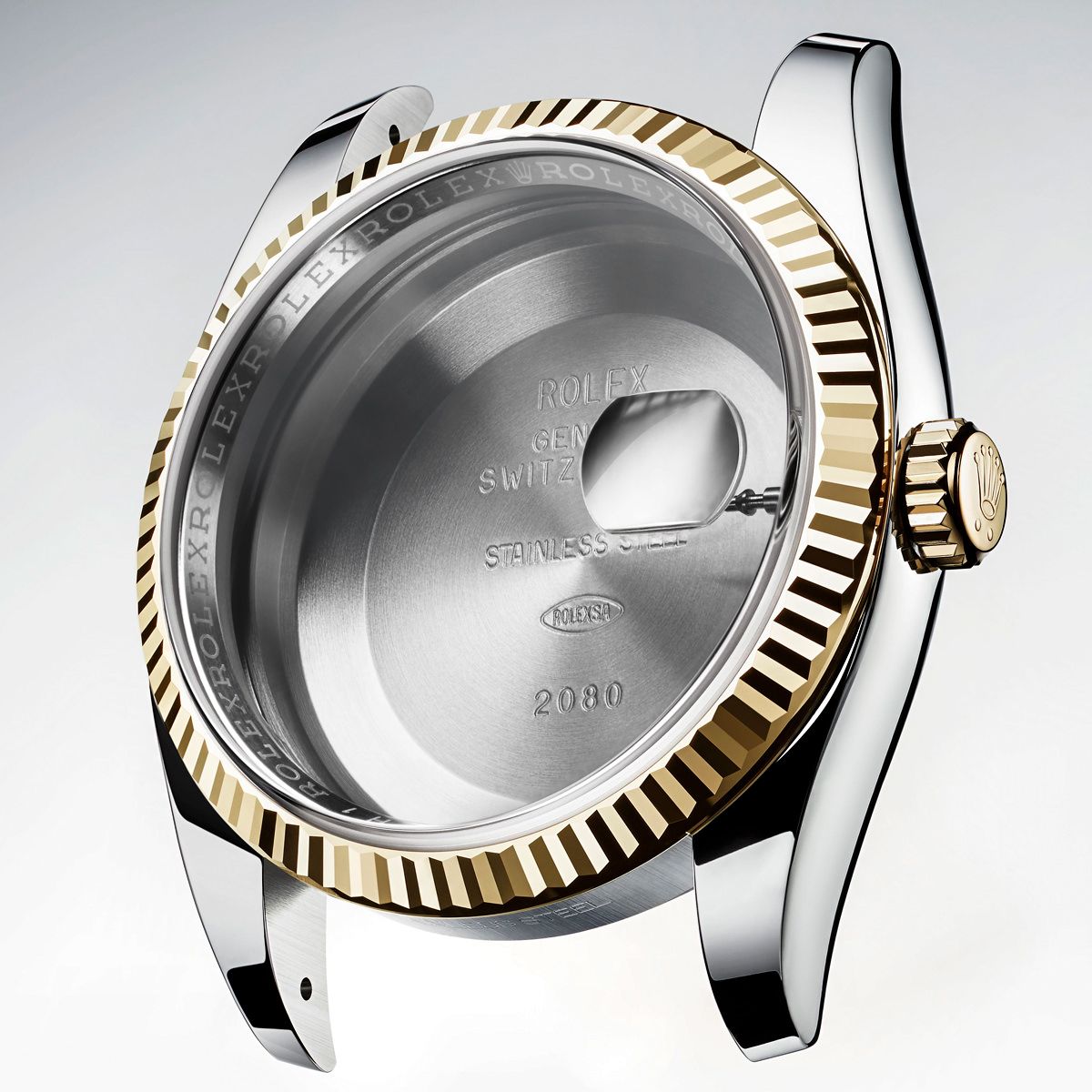
This is the body of the watch, the metal shell that holds everything together. Most cases are made of stainless steel, but you’ll also find ones in titanium, ceramic, or even plastic:
The dial size (like 38mm or 40mm) is measured across the case.
Around the glass, you’ll notice a ring called the bezel. On dive watches, it rotates; on most others, it’s fixed.
The glass covering the dial is called the crystal.

There are two common types:
Mineral crystal, which handles impacts well but scratches more easily
Sapphire crystal, which resists scratches but can shatter if hit hard.

Also known as the watch face, it’s where the action is. You’ll see hour markers, hands, and often a date window.
Some popular dial types include:
Sunburst (light reflects in a radial pattern)
Skeleton (you can see the movement inside)
Guilloché (engraved with intricate patterns)
If there are smaller sub-dials, the watch probably has extra functions like a chronograph or GMT.

These are the pointers that show the time, usually three- hour, minutes, and seconds. Some watches have more, depending on the complications.
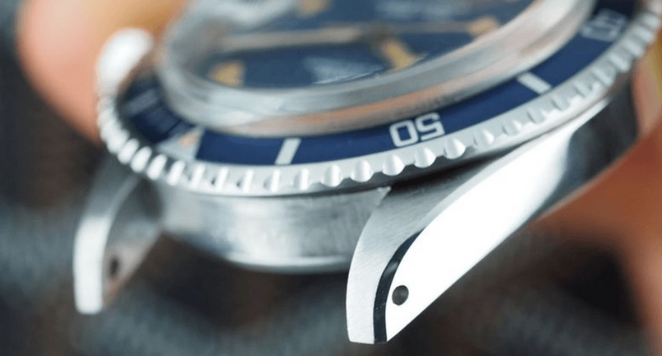
These are the little arms extending from the case, where the strap or bracelet is attached.
Two things matter here:
Lug-to-lug length : it affects how the watch sits on your wrist
Lug width : this tells you what size strap will fit (like 20mm or 22mm)

Straps: Leather, nylon, or rubber, usually more casual and versatile
Bracelets: Stainless steel or titanium, heavier and more formal
Straps are easy to change and customise. Bracelets are more durable but harder to size.
.jpg)
Lume is a glow-in-the-dark material applied to hands and markers.
Painted Lume: Needs light to charge, glows for a few hours
Tritium Tubes: Self-powered, glows continuously for years
In watch terms, a "complication" is any function beyond telling the time:

Date window
Day display
Chronograph
Moonphase
Power reserve indicator
GMT for a second time zone
Most watch buyers in India don’t know what they’re paying for. Some go by astrology. Others just buy what looks good. The result is overpriced quartz watches with poor movement quality.
If you’re spending over ₹30,000 on a fashion brand with a basic movement, pause and ask yourself: am I paying for quality or just the logo?
That’s where WatchGyan comes in, helping you buy smarter, not louder.
A smartwatch is convenient, but it won’t age with you. A traditional watch does. It becomes part of your story, your style, your signature.
So next time you pick a watch, ask yourself: is this just a gadget, or is it something I’ll still be proud to wear ten years from now?
Stay sharp, know your movement, and wear your watch like you mean it.
Enjoyed this guide? Watch a full video on the same topic